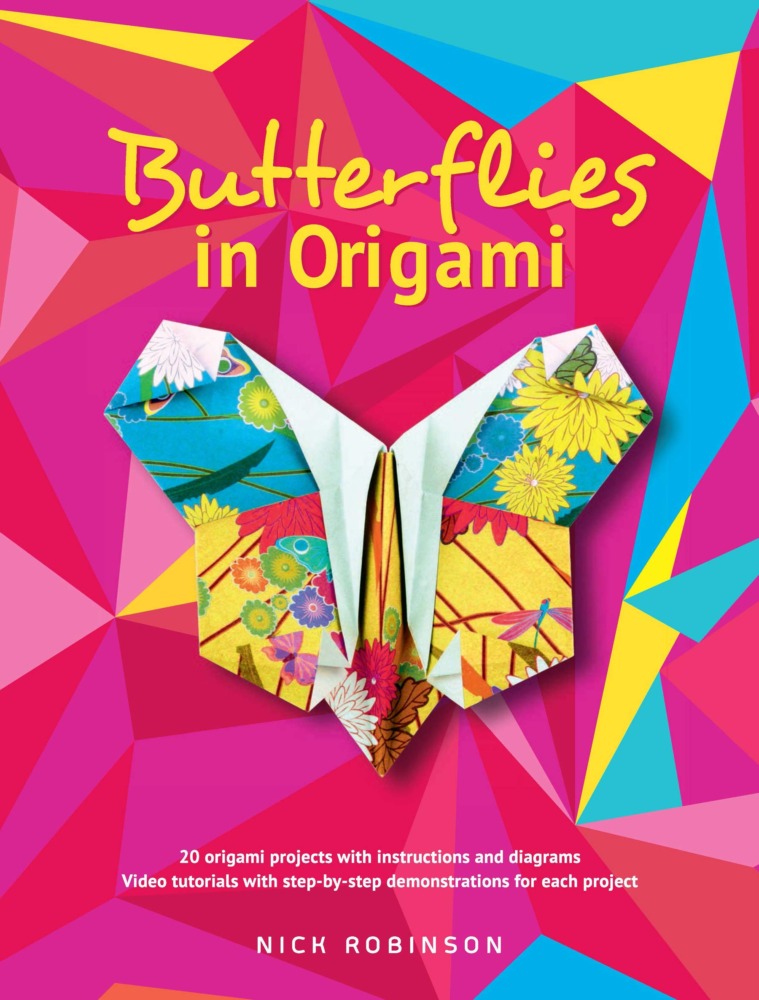Thank you for visiting!
In today’s digital design world, many of us have lost touch (literally and figuratively) with the actual tools we so often emulate in our designs, whether for print or digital display — including myself. Over the years, I’ve lost track of the tips and points I’d once learned, and while there are tutorials to be found online, I worry that the instructors themselves aren’t using the original tools of the trade very often, and are unable to offer the kinds of helps and direction I really need as I try to create original works on paper as I once did. That’s why I’m delighted with this reprinted book from 1936 — reprinted in the Sixties, and now again in 2018. It is a classic and insightful work with the kind of guidance one could only encounter from someone who has done it all, again and again and again.
Much of the book revolves around pencil drawing, but other tools, like charcoal, are covered also. It is mostly text-based, though there are excellent black and white drawings to explain different points and techniques. The comparisons of the same image rendered in different media are eye opening. The writing is economical yet engaging, and quite encouraging. The book is quite complete and truly enlightening classic on drawing by hand IRL, from an era when there were no digital alternatives available.
My daughter loves butterflies, as I did when I was young. I’ve thought about butterflies over the years and eventually decided that one of their appealing factors is how two-dimensional they appear in real life, with their flat, patterned wings offering so much of their visual and emotional appeal. So it seems wonderfully appropriate to offer this fun and engaging book on origami butterflies. The book is soft-bound with clear text explanations, detailed diagrams for each step, alongside photos of completed “butterflies.”
I like how the full color printing allows for pretty colored borders on each page, large photos, and for each diagram to include a white “side,” and a yellow “side” — which makes it clear which side of the folded papers you’re looking at. There are 19 different techniques to creating a butterfly (and one caterpillar) and the range of approaches will suit and engage beginner and advanced origamists alike. My daughter uses patterned papers well as drawing both fanciful and realistic patterns on her different butterflies, and is hanging several on threads by her windows, and taping some to the glass, too. The book would make a nice gift for any fan of origami.



